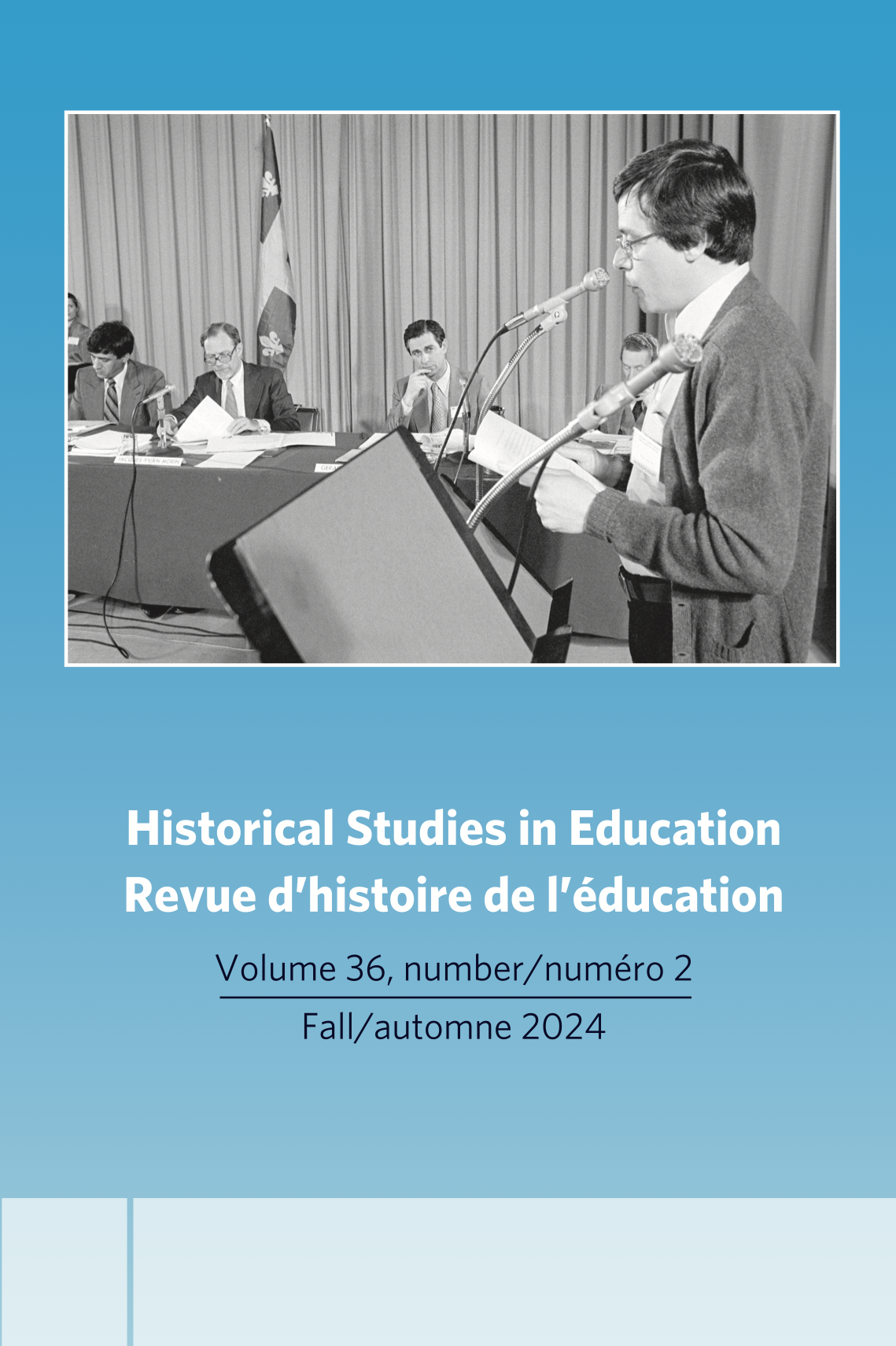Charles T. Loram's Decade in North America: From Black South Africans to Indigenous North Americans
- Race,
- Transnational,
- Education,
- Networking,
- Colonialism
Abstract
Early in the twentieth century, Charles Templeman Loram (1879–1940) fashioned a transnational career focussed on the education and control of colonized peoples. Starting with the education of Black South Africans, Loram took inspiration from the American model of “Negro industrial education,” formulated by Booker T. Washington. Loram’s authorship of The Education of the South African Native (1917) led to his appointment to the Native Affairs Commission in 1921. His liberal views (by South African standards) led to his eventual career derailment in 1929. Assisted by American philanthropic interests, an appointment at Yale University as the Sterling Professor of Education and chair of a new Department of Race Relations and Culture Contacts led to his emigration to the United States in 1931. There, Loram became involved with North American Indigenous peoples. Supported by philanthropic leaders and John Collier, head of the Bureau of Indian Affairs, Loram was able to expand this work, retaining his former interests and travelling extensively in the colonized world. Loram took students to reservations and lectured and organized seminars and conferences on the Indigenous peoples of North America. The landmark North American Indian Today conference, held in Toronto in 1939, was the culmination of his activities involving Indigenous peoples. This article explores how Loram’s North America-based experiences influenced his view of Indigenous peoples. In an apparent contradiction, he rejected the view that there were innate racial differences between Indigenous and non-Indigenous peoples, yet he continued to support racial segregation in education. For Loram, the disintegration of Indigenous cultures was inevitable, and full assimilation into “civilized” society an eventuality. Interspersed through this article are descriptions of Loram’s use of networking, illustrating his strategy for penetrating recently corporatized foundation structures and gaining access to sponsors, resources, and opportunities.
